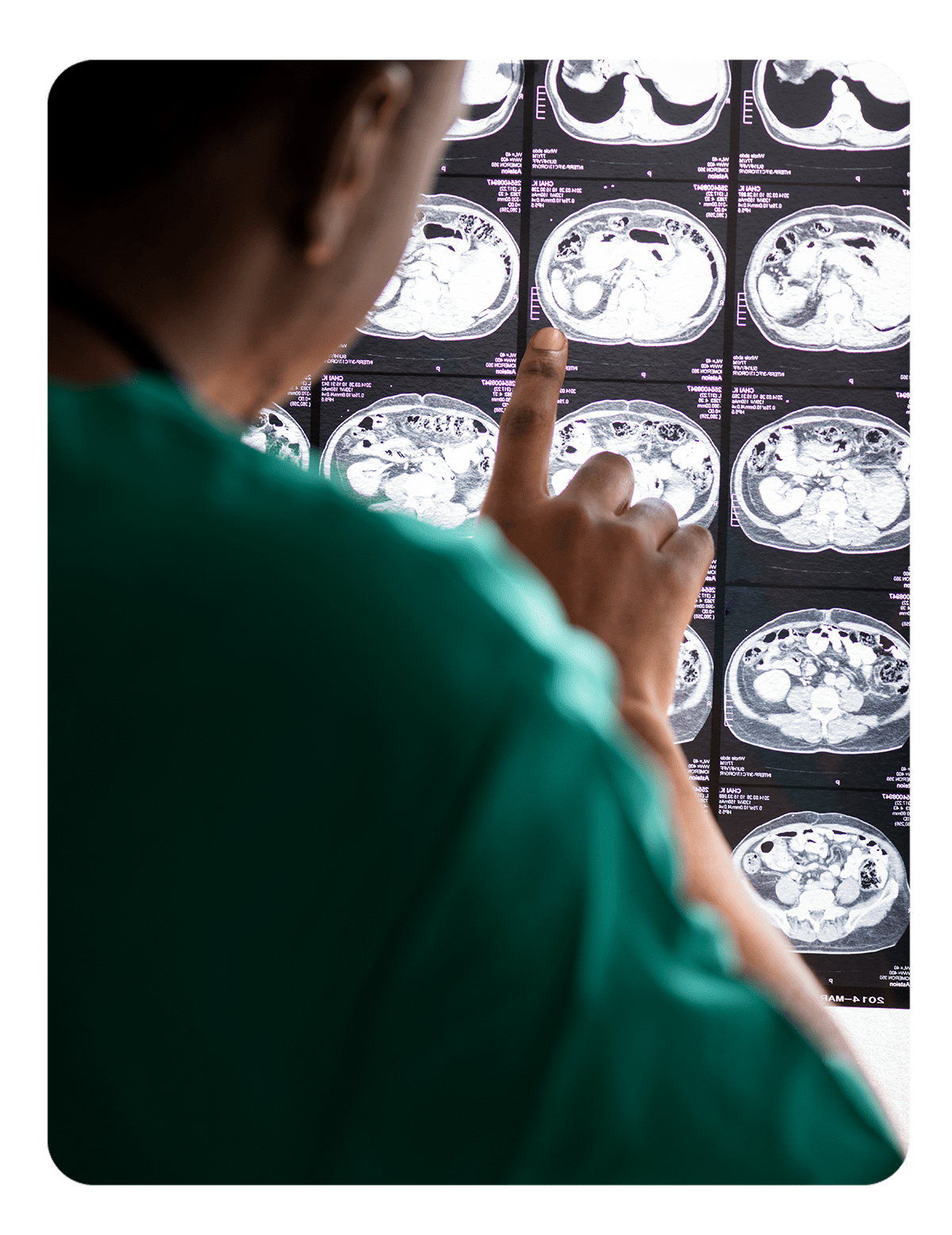Explore advanced treatments
Helping doctors and patients understand neuromodulation for migraine

The promise of neuromodulation therapy
Migraine is typically addressed with lifestyle modifications, which vary in efficacy, and prescription medications that often have debilitating side effects. Neuromodulation has emerged as a safe, effective and non-invasive treatment alternative.
0
people affected by migraine worldwide
0
people living with chronic migraine globally
0
people with migraine in the United States
The basics of neuromodulation treatment for migraine
What is migraine? What causes migraine? And how does neuromodulation migraine therapy prevent attacks and relieve pain?

Resources for healthcare providers
Get an in-depth look at how neuromodulation therapy works to relieve migraine pain and reduce the frequency of migraine attacks. Download patient guides that explain neurostimulation in an accessible way.

Clinical studies on neuromodulation for migraine
What does the latest research reveal about neuromodulation therapy as an effective acute and preventative migraine treatment?
ACME: eTNS as acute migraine treatment
In the Acute Migraine Therapy with External Trigeminal Neurostimulation (ACME) study, patients saw an average 59% reduction in migraine pain intensity following a 60-minute eTNS treatment session.
TEAM: eTNS as acute migraine treatment
The Trial of eTNS for the Acute treatment of Migraine (TEAM) study found that eTNS treatment relieved not only pain, but also resolved other symptoms. 56.4% of patients reported resolution of their most bothersome migraine symptom following 2 hours of eTNS treatment.
PREMICE: eTNS for migraine prevention
The Migraine Prevention with a Supraorbital Transcutaneous Stimulator (PREMICE) study found that with compliant use of 20-minute PREVENT eTNS treatment for three months, patients in the verum group experienced an average 30% reduction in migraine days.
De Novo: eTNS for migraine prevention
The open-label Transcutaneous Supraorbital Neurostimulation in “De Novo” Patients With Migraine Without Aura study demonstrated at least a 50% reduction in monthly migraine attacks and migraine days in 81% and 75% of patients, respectively, following transcutaneous supraorbital neurostimulation (tSNS).
Study of eTNS sedative effect
In this study of the sedative effect of supraorbital transcutaneous neurostimulation, researchers observed a statistically significant decrease in vigilance and attention during high-frequency supraorbital transcutaneous neurostimulation (TNS).
Headaches.com: Your trusted source for the latest information on neuromodulation migraine treatment
FREQUENTLY ASKED QUESTIONS
Neuromodulation for migraine
Neuromodulation is the process of changing or regulating nerve activity by delivering electrical impulses or pharmaceutical agents directly to the targeted nerves.
Neurostimulation is a type of neuromodulation that’s performed by using electrical impulses to target the nerves. Some neurostimulation devices are implanted in the body, while others are applied externally.
Neuromodulation devices send precise electrical impulses to the nerves responsible for transmitting migraine pain signals, disrupting those signals and making the nerves less sensitive.
Yes. Multiple clinical studies have shown the safety and efficacy of non-invasive neuromodulation therapies for migraine. These include non-invasive vagus nerve stimulation (nVNS), external trigeminal nerve stimulation (eTNS) and single-pulse transcranial magnetic stimulation (sTMS).
Neuromodulation therapy is ideal for migraine patients who:
- Prefer non-pharmaceutical migraine treatment options
- Don’t respond to pharmaceutical treatments
- Cannot tolerate pharmaceutical therapies
- Are seeking clinically proven alternatives to pharmaceuticals
- Have prior medical conditions and are unable to take traditional pharmaceuticals
- Have limited access to outpatient treatment procedures
